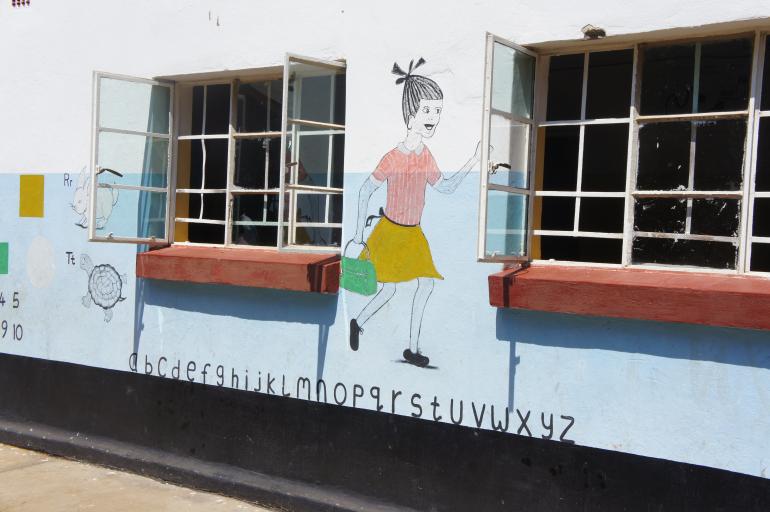Cost simulation models help to make informed policy choices
How can governments feasibly transform education goals into reality? A tool like the simulation model assists in calculating the costs linked to a specific strategy envisioned in an education sector plan or policy. Concretely, a simulation model is a collection of interlinked calculation sheets, modelling connections within the education system, to help users understand the financial and logistical implications (in terms of new constructions needed, teacher recruitment, etc.) of a policy choice. The models assess the sustainability of policy options in the long-term, contributing to important policy discussions within ministries of education or with other ministries and social, technical, and financial partners.
Support provided to: Burundi, Ethiopia, Iraq, Haiti, Jordan, Namibia, Nigeria, Sierra Leone, and Viet Nam
IIEP to offer a course on how to autonomously develop a simulation model in 2022
Financing education is not only be about resource mobilization but using available resources strategically, and in a way that will be meet a country’s objectives for the future of education.”
Financing quality early childhood education

Despite the clear benefits of early childhood education for young children, this sector remains dramatically underfunded. As a direct consequence, only one out of every five preprimary age child has access to preschool. To help address this, IIEP has been researching the cost-effectiveness, quality, and funding patterns of preschool models with the aim of more systematically integrating early childhood education into education sector plans. With a focus on the Gambia, IIEP has now produced two critical analyses on the funding and cost-effectiveness of pre-primary school models. The studies are based on a sample of more than 110 Gambian schools and some 1,240 children and caregivers. They paint a complete picture of the quality outcomes attached to each pre-primary school model and their related costs, and the various contributors to early childhood education – the state, households, development partners, private sponsors and others. The studies also offer new recommendations to better promote equal access to quality preschool services through adequate and sustainable funding.
Which preschool models produce good results, at what cost and with which funding strategies? Until now, we have very little information on these questions of cost-effectiveness, quality, and financing of early childhood education services.”
Improving countries’ budgeting and financing systems
Around the world, countries are experiencing the impact of the COVID-19 pandemic on education budgeting and financing, in terms of both increased expenditure and decreased revenue. The issue is especially serious in the Latin American region, where funding crises have been a constant. In this context, IIEP has recently initiated a new line of research on the SITEAL platform dedicated to financing, including comparative analyses and has expanded significantly in its database of policies and regulations. In addition, following a request from the Costa Rican Ministry of Public Education, IIEP provided the country with technical assistance to implement a new results-based budgeting system, and to improve the financial architecture for implementation of the SDGs.
Database updates include 350 new policies and regulations
48 new educational indicators
In Africa, IIEP launched a project with several countries in the West African Economic and Monetary Union– Burkina Faso, Mali, Niger, and Togo– to address the challenges that ministries of education and training and ministries responsible for finance often face in their dialogue on resource mobilization and execution, throughout the budget process.
